-
Posts
215 -
Joined
-
Last visited
-
Days Won
4
Content Type
Events
Profiles
Forums
Media Demo
Posts posted by rav
-
-
1 hour ago, arfa1983 said:
Would be great to build the same aircraft in all those different schemes you mentioned.
Adding the ones I did not mention, it would be a nice collection of 71-0291s:
- Air Superiority Blue overall TF-15A with and later without red prototype decorations (1973-75);
- Air Superiority Blue with French insignia (1976);
- Bicentennial F-15 in a few variations, including Canadian markings (1976-78);
- European One camouflaged F-15E demonstrator (1978-83);
- Ghost camouflaged F-15B with hi-vis or low-vis markings (1983-92);
- Current Mod Eagle camouflaged F-15B with Saudi markings.
Conformal tanks and heavy bomb loads were in use not only with European One camouflage, but earlier and later too.
But if I'd commit to build another early F-15, I think it would be her sister 71-0290 with F-18 canards. There was a Hasegawa kit of this variant, but I don't have it and it is not available now. Maybe someday...
-
 1
1
-
The F-15 No. 71-0291 was first flown on October 18, 1973 being the second two-seater Eagle under the designation of TF-15A. She was a McDD and USAF test aircraft. In 1974, she took part in the Farnborough Air Show and conformal fuel tanks tests . In 1976, in Bicentennial paint scheme she took part in many air shows. On December 1, 1977, the designation was changed to F-15B.
In 1979, she was rebuilt into the F-15DRF (Dual Role Fighter) demonstrator of the F-15E Strike Eagle and flown again on July 8, 1980. She got green-gray European One scheme. In the years 1981-1984 she took part in the ETF (Enhanced Tactical Fighter) program, to select the successor of the F-111 and F-4. She defeated the F-16XL in it. At the end of the 1980s, she was used in various systems testing for the F-15E.
In the 90s she took part in McDD research programs until she was withdrawn from use. In 2002, she was transferred to the Riyad airbase in Saudi Arabia, in Saudi F-15s camouflage, where she is used for training and static display purposes. She still displays features of early F-15s.
The kit: Design/Academy (1/72). Weapons and decals: Hasegawa. The spine was reshaped, aerodynamic brake shortened, open main wheel wells from Hasegawa, scratchbuilt antennas on the tops of vertical stabilizers, added plates for fastening cameras on the wings undersurfaces.
-
 44
44
-
-
13 hours ago, sardaukar said:
how about a group shot of the finished models?
Done:


-
 2
2
-
 1
1
-
-
6 minutes ago, Bertie Psmith said:
I'm starting to think that you have a large collection of FtF.
You're right. Today I bought the 86th kit of the series - PzKpfw 38(t) Ausf. B. Some of them contain two models in the box (or even more if we'd count soldiers figures as separate models). I also bought some kits twice. This makes 93 FtF models in my collection. 32 of them are done. But I still think I'm rather aviation modeller. 😉
-
 1
1
-
-
-
-
-
-
-
-
-
10 minutes ago, socjo1 said:
Rafał, that's absolutely fantastic!
Great "real" photos and pilot is nice add.
Thank you!
11 minutes ago, socjo1 said:What about decals?
A real nightmare. Too stiff to conform wings corrugations. Fluids did not help much. The decals produced bubbles and cracks. I had to cut them in many spots and there was a lot of touch-ups needed. I will be happy making P.1/I without any decals some time in the future.
11 minutes ago, socjo1 said:From where did you take a pilot?
I don't remember... New Airfix Tiger Moth maybe? I made this little Orliński in his white overall for my PZL P.6 over a year ago.
11 minutes ago, socjo1 said:Chipping is mady by oil paints?
Yes, MiG Oilbrusher Gun Metal, applied with very short paintbrush.
-
 1
1
-
-
The second prototype of PZL P.1 (SP-ADO), the first fighter design of Zygmunt Puławski. First flown in March 1930 and later modified, in June she competed in a fighter contest in Bucharest. She won 8 of 15 trials but because of political reasons she finished just in 4th place of 7 teams. Pilot: Bolesław Orliński, company test pilot of PZL Okęcie (Warsaw). The P.1 remained a prototype but she was the first of famous Polish gull-winged fighters.
The kit: Arma-Hobby (1/72).
-
 28
28
-
-
-
Antoine de Saint-Exupéry bought a brand new Simoun registered F-ANRY (serial number 7042) in September 1935. In December, along with his mechanic-navigator André Prévot, he took off to the record flight of Paris-Saigon. On December 29, in bad weather conditions over the desert in Egypt, he crashed in dunes. The crew did not get injured, but they were saved only after four days in the state of extreme dehydration. The accident had an impact on the work of the writer. Some threads in "Wind, Sand and Stars" and "The Little Prince" were inspired by the fate of F-ANRY.
The kit: Heller (1/72). Decals: Model Art.
-
 8
8
-
-
20 minutes ago, Doc72 said:
Just some linguistic nit-picking: It's "Frau im Mond".
Thank you! Corrected.
19 minutes ago, JohnT said:Id love to see a photo of the model with something in picture to show scale if possible. It can’t be too big in 1/72
Good idea! I'll add some new photos for you soon. The rocket is 19 cm tall.
Thanks for your comments!
-
The fourth prototype (V-4) of Aggregat 4 (A4) ballistic rocket, later known as V2 (Vergeltungswaffe-2). The tests of three previous prototypes ended up with failures. The V-4 was launched on October 3, 1942 from Peenemünde and reached altitude of 85-90 km, thus becoming the first man-made object in Space (according to some definitions of the Karman line: 50 miles or about 80 km). After she passed apogeum the rocket fell to the Baltic Sea 190 km away from the launch site.
The kit: Revell (1/72).
-
 24
24
-
-
The only prototype of PZL P.6, the first radial-engined gull wing fighter designed by Zygmunt Puławski. Pilot: Bolesław Orliński, who was the PZL company test pilot. In late summer 1931 he displayed the P.6 at National Air Races in Cleveland, USA. The PZL P.6 was destroyed just a month later in an accident but it became predecessor of famous line of Polish gull wing fighters.
Kit: Arma-Hobby (1/72). My first resin build.
-
 22
22
-
-
1 hour ago, TheyJammedKenny! said:
Nicely done, RAV!
Thank you.
1 hour ago, TheyJammedKenny! said:Question: did this plane have a corrugated wing surface like the P11C?
Yes. All the family of gull wing fighters (except for some prototypes) had the corrugations on wings and tailplanes.
-
-
20 minutes ago, JWM said:
Very nice result, especially the painting job.
Thank you! You are much more forgiving than our colleagues on the other forums...
20 minutes ago, JWM said:do you consider HB kit the best one Morane 406 on market?
Definitely not. Actually it was the worst I had on my stash when I grabbed it to build. The others are two RS Models and one AZ Models. HB has simple cockpit with a canopy lacking its frames (I used Techmod mask to paint them but the result is not perfect). It also had no bands along the wing chord. I chose the HB kit just because I wanted to test Hataka paint set for French aircraft and to train my freehand painting skills. HB is good enough for such tests.
-
 1
1
-
-
I glued a plastic tube for propeller axis set in front of the fuselage. It is carefully positioned to keep the axis straight. The hole in front fuselage remains empty until the end of build. It can be used for a stick to handle the model for painting.
I replaced the propeller's axis with a brass tube, about an inch long. Then I put it into a slightly wider and shorter brass tube. The axis can rotate in the outer tube and the length gives stability. The protruding rear end of the axis got a short piece of brass tube glued to prevent it from falling out. This makes a set that can be inserted into the hole in fuselage. This approach has some advantages:
- I can mount the propeller at the very end of the build;
- The propeller can rotate very easily and without any wobbling;
- No problems with geometry.
During the photo session it is enough to gently blow into the propeller to get a realistic prop blur on the photo. No Photoshop needed.
-
Yes, I have built 24 First to Fight kits and I like all of them. They are easy to build, fit perfectly and are pretty accurate regarding the simple design. Sure - some fenders could be thinner and tanks wheels and tracks could be more accurate (and they are in the recent PzIIID) but still the build is a nice experience.
-
4 minutes ago, S. Uehlinger said:
What decal set did you use?
This is Techmod set. I have modified the Polish insignia with transparent red paint on the red squares.


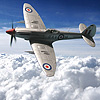
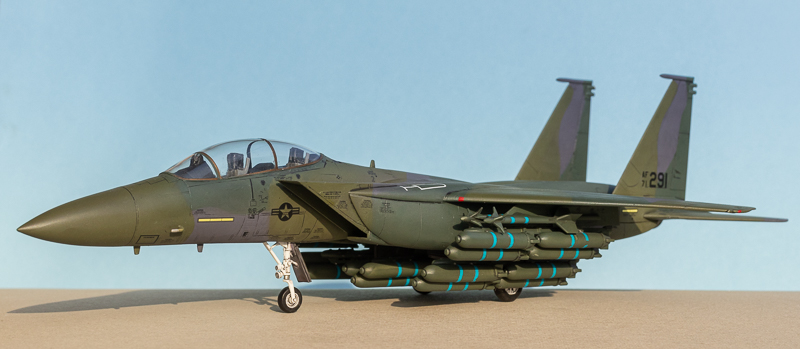




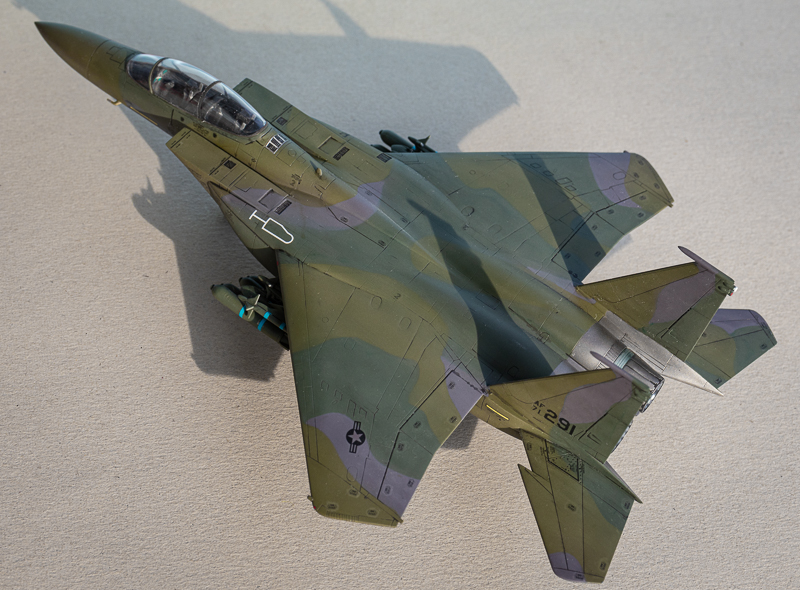
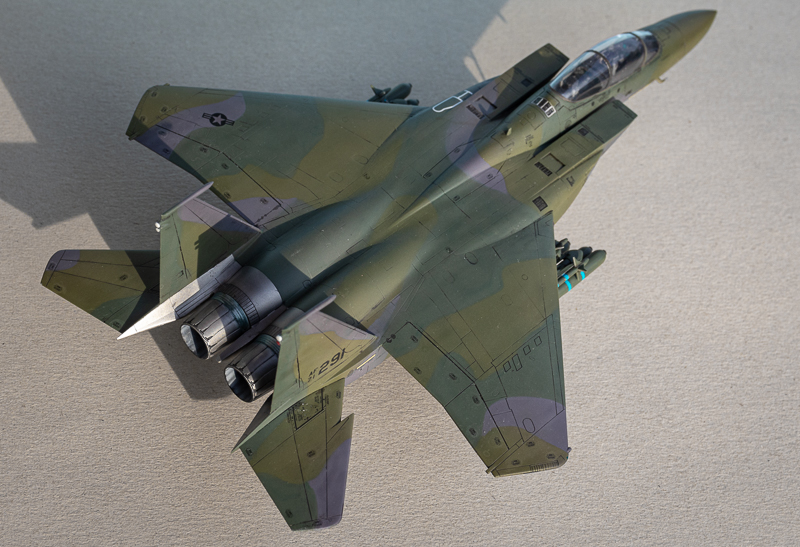




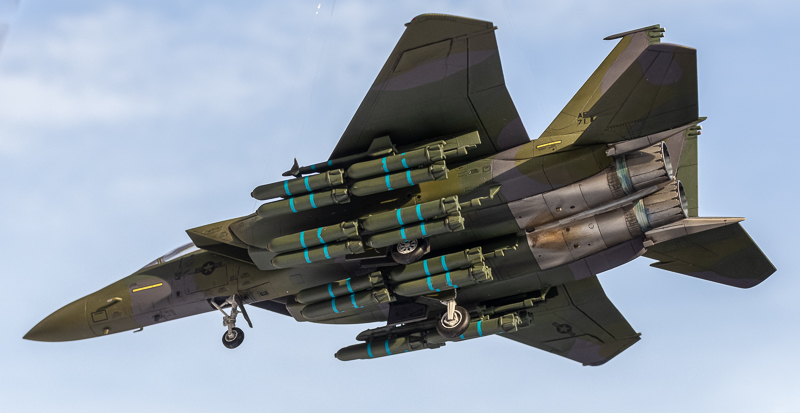


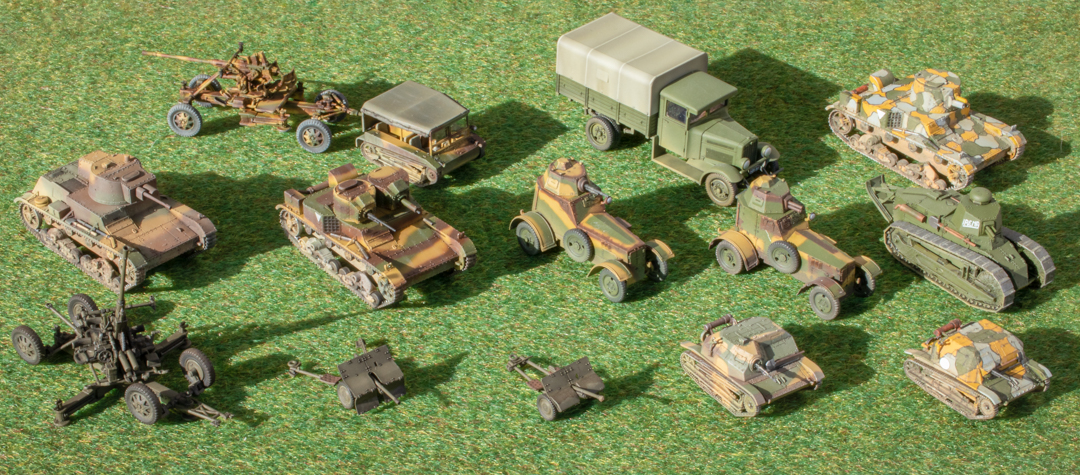
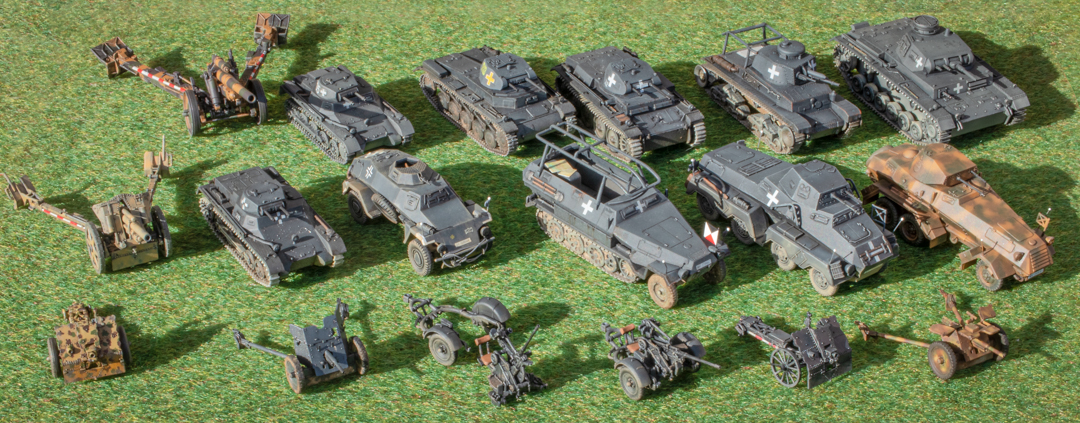
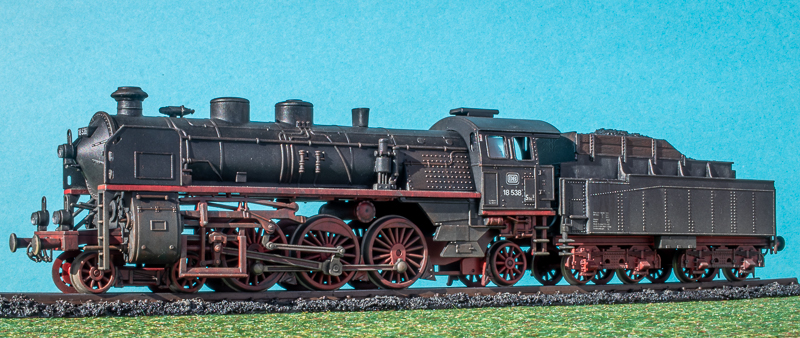


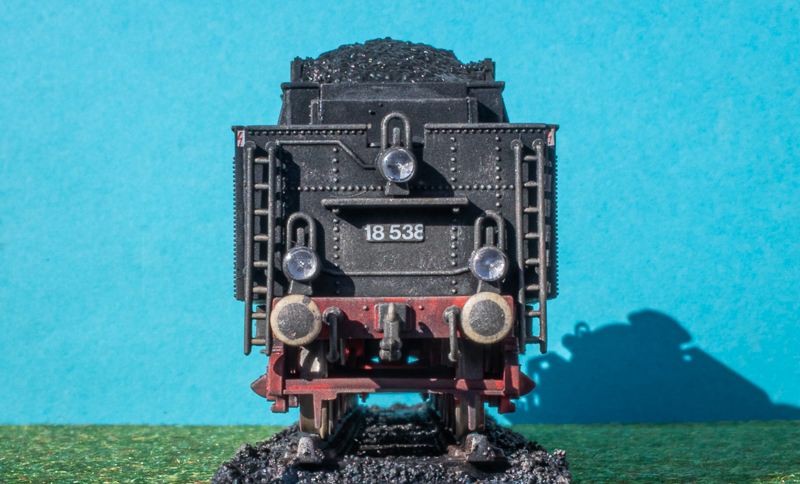
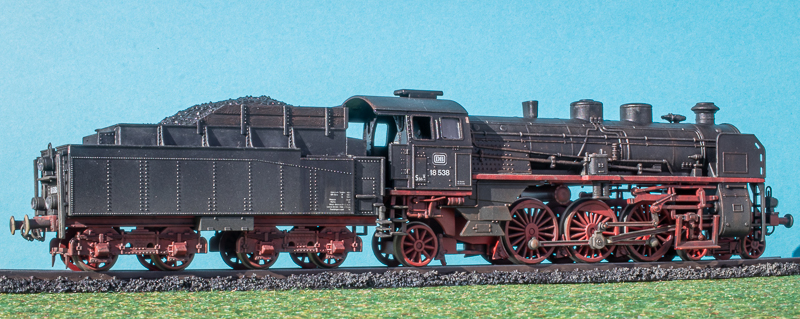


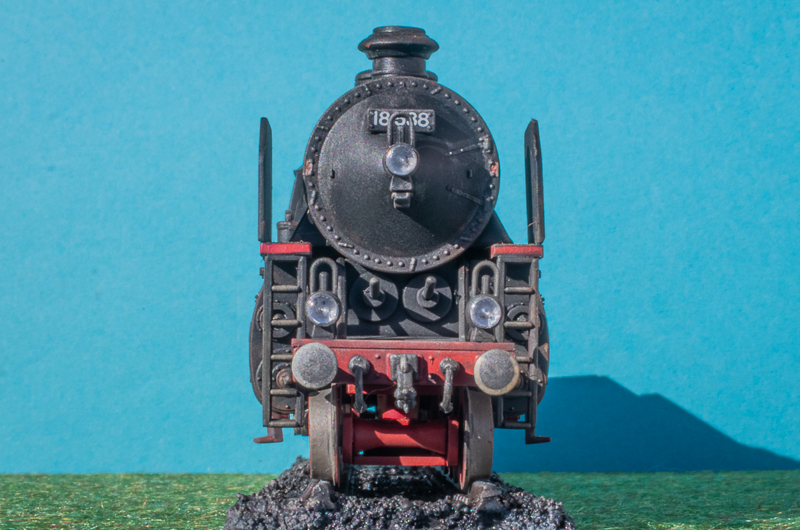



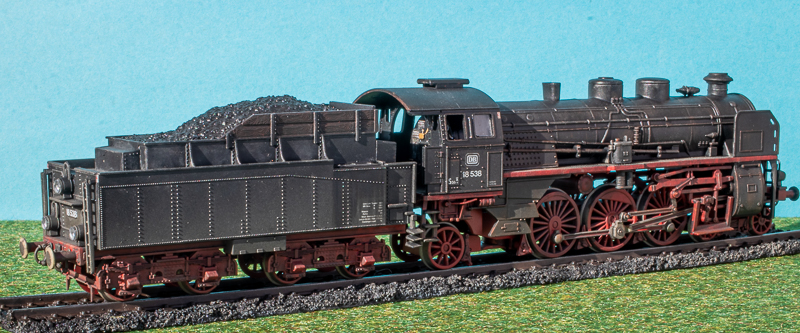
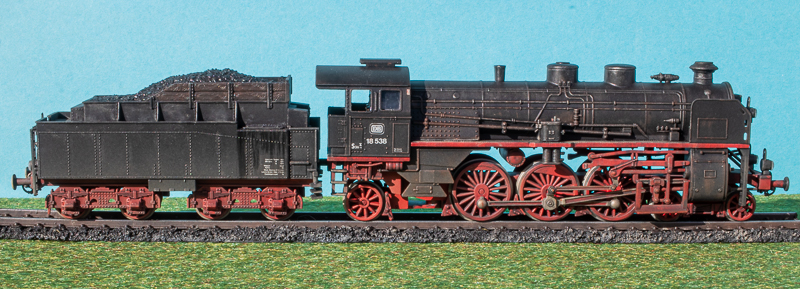
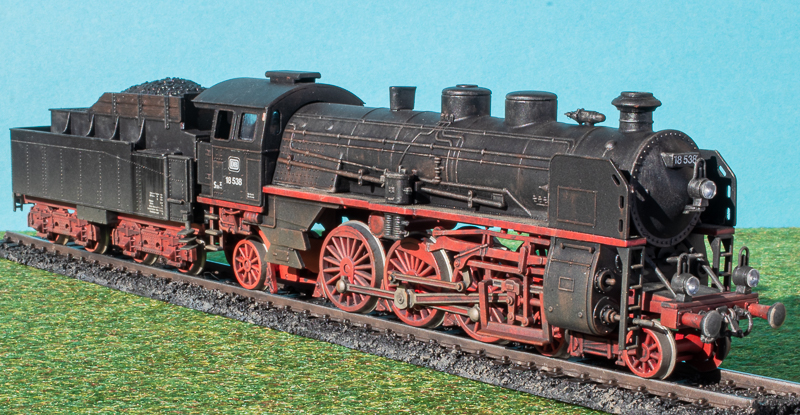
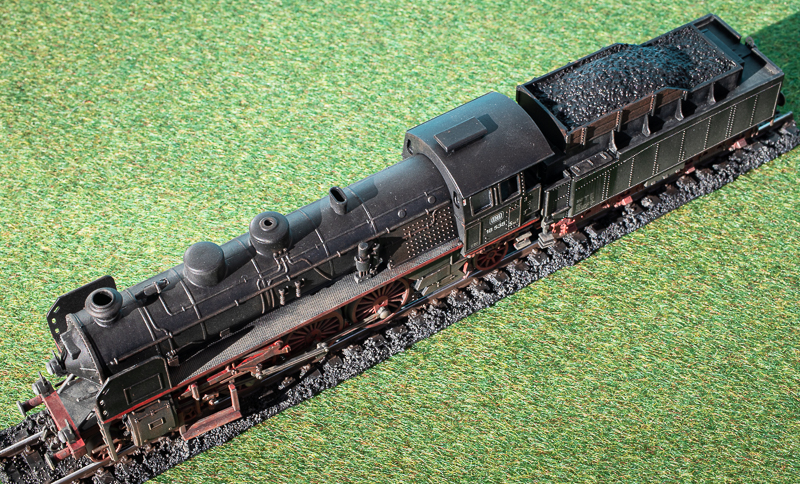

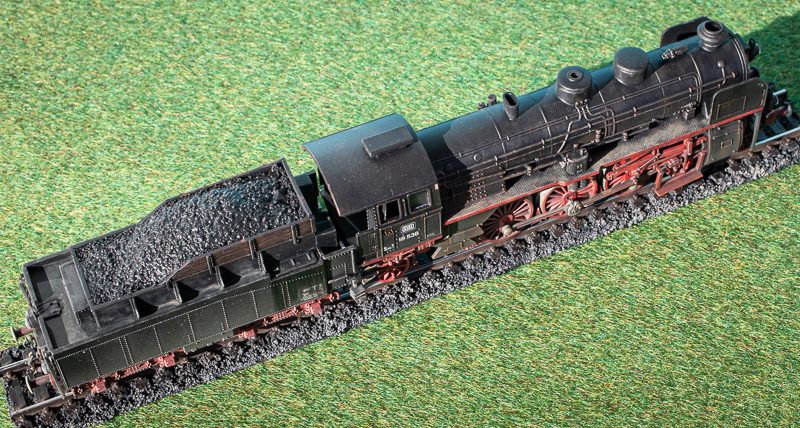

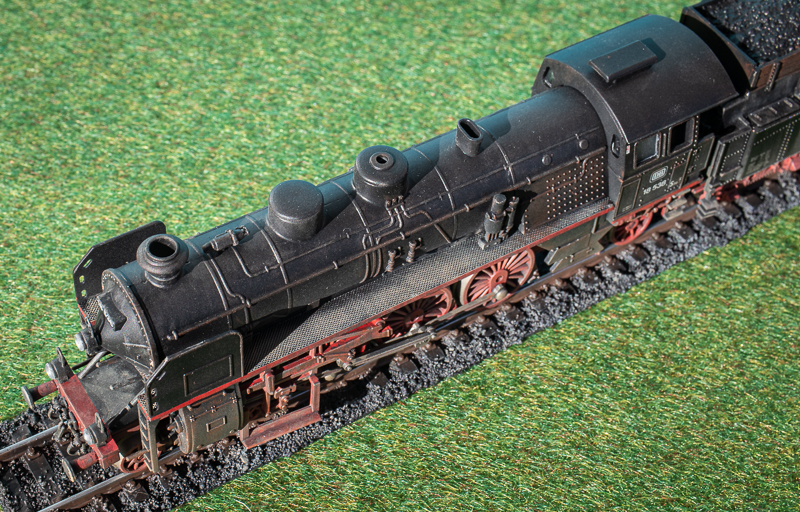

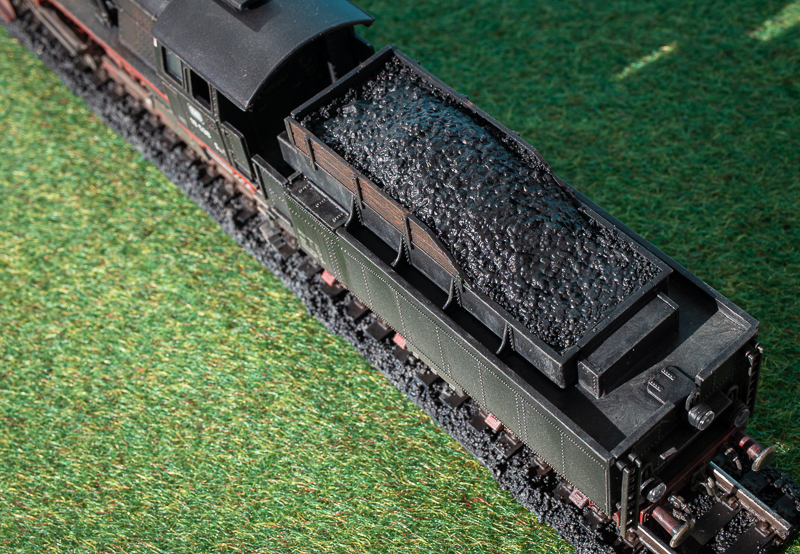


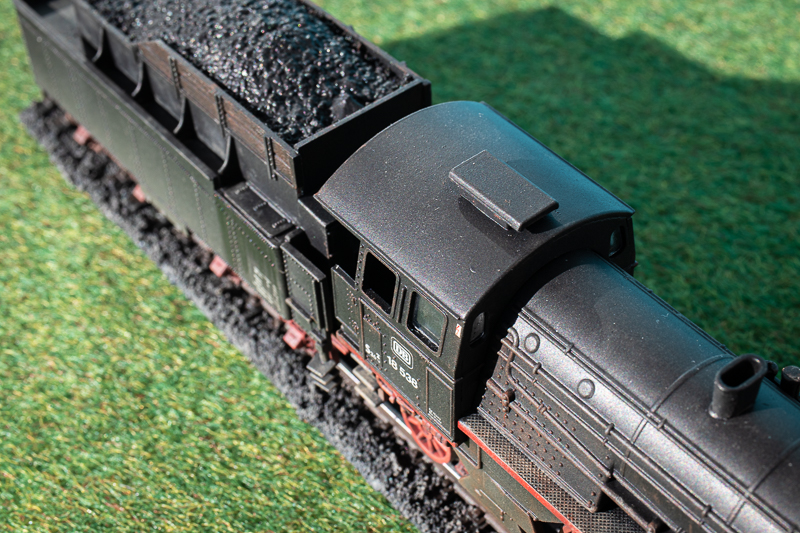

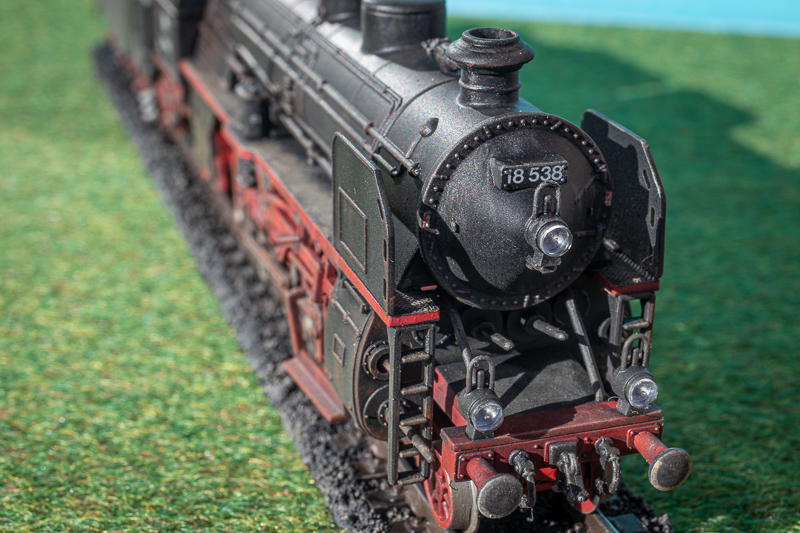

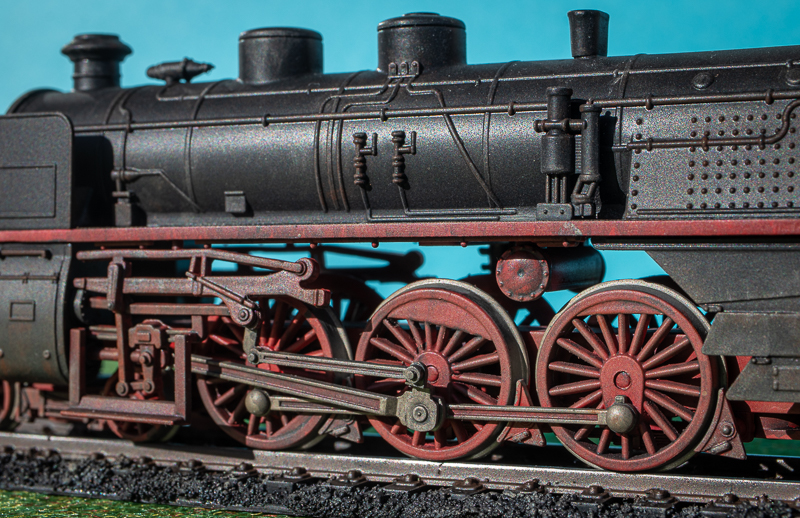







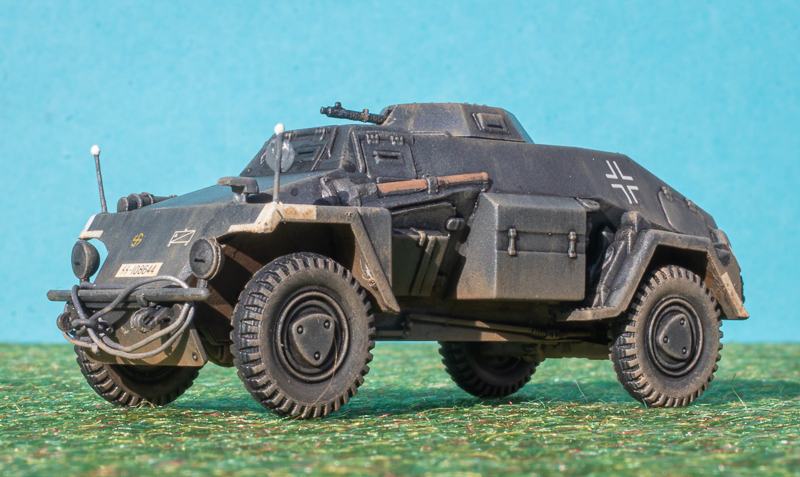
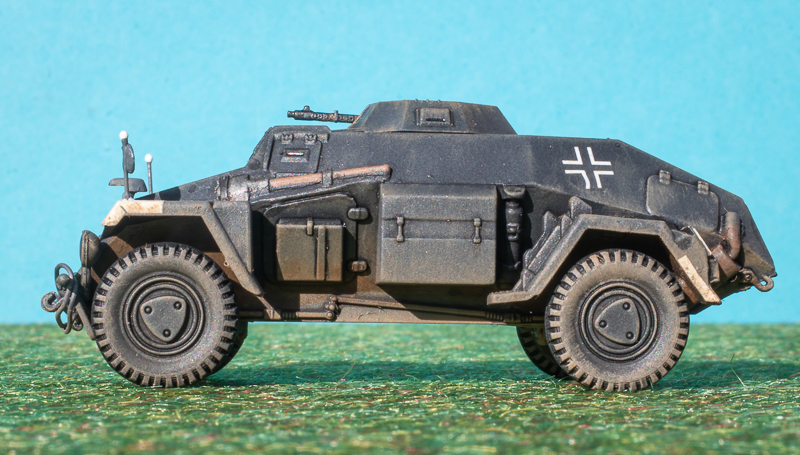
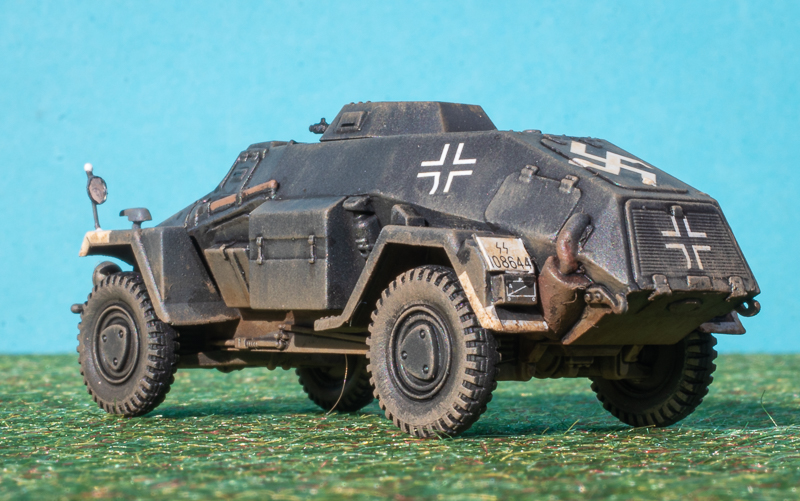

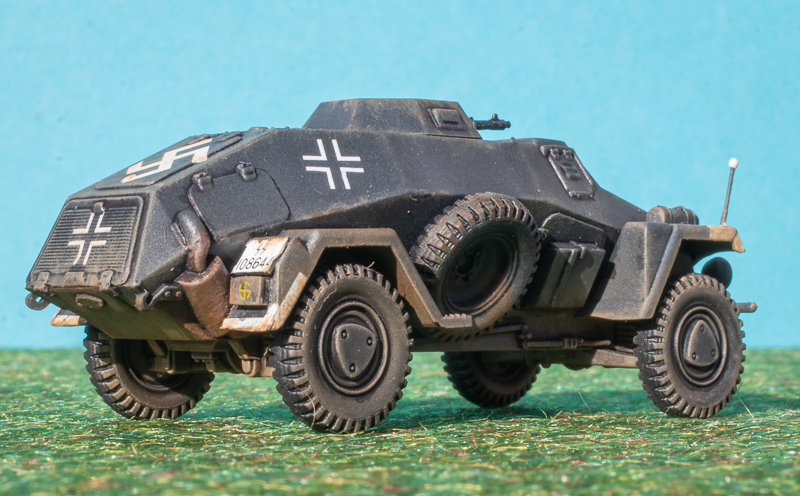


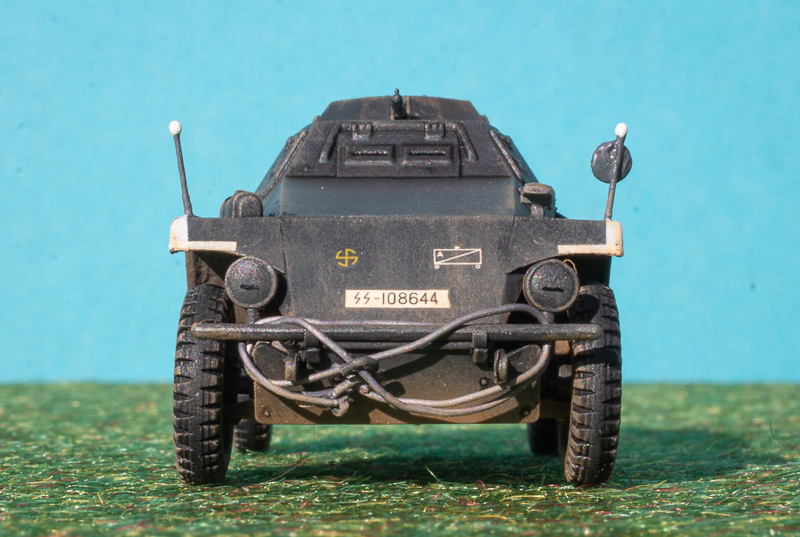
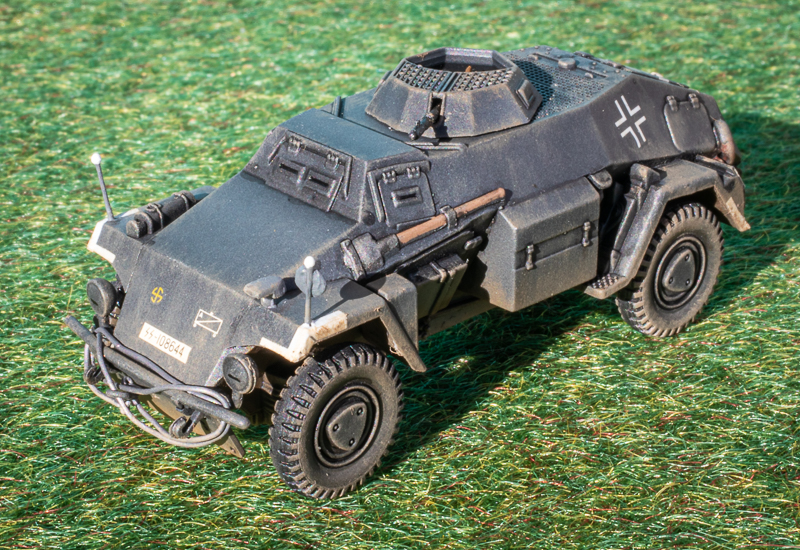
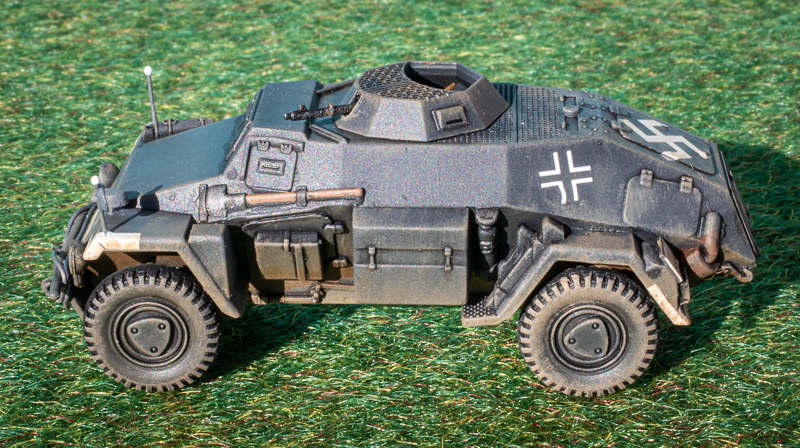
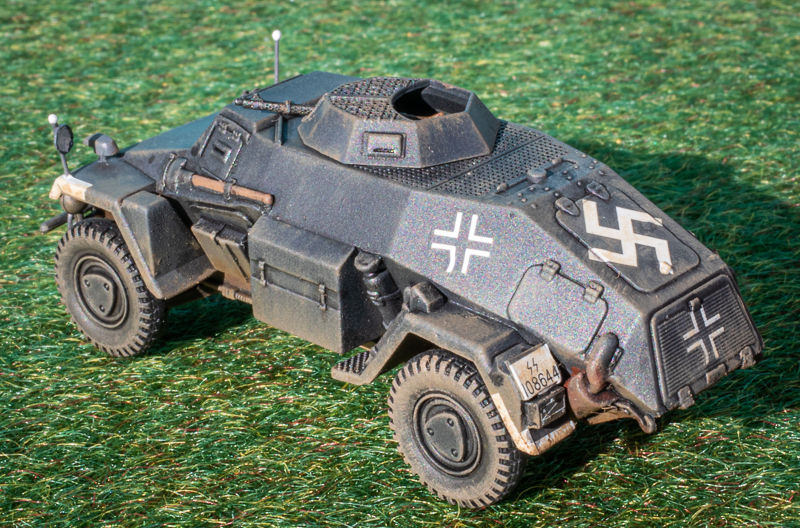


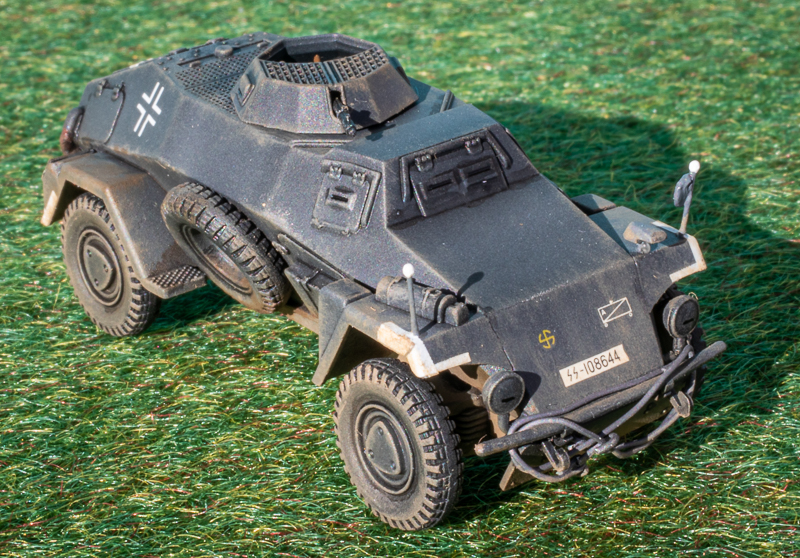
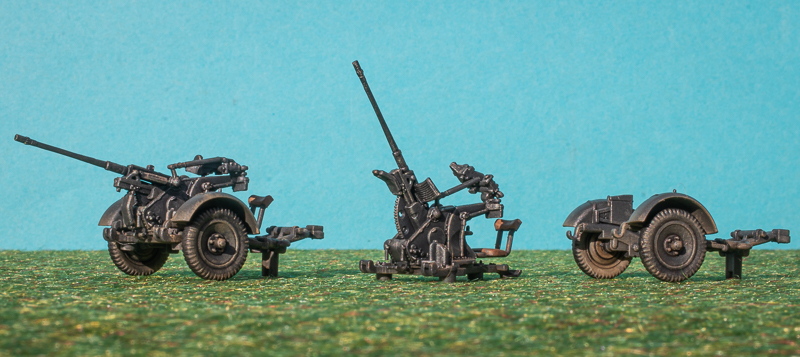



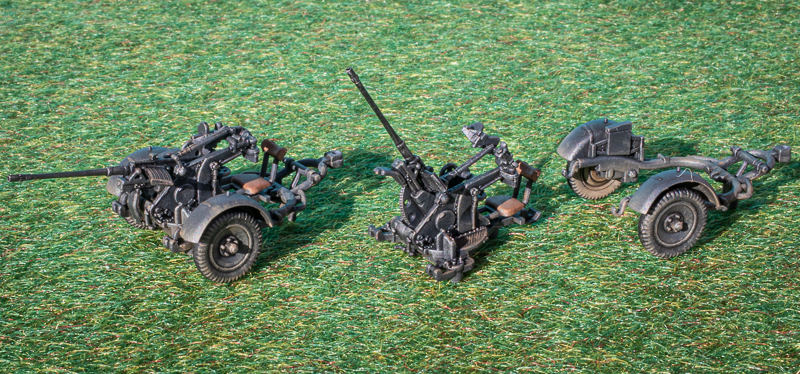
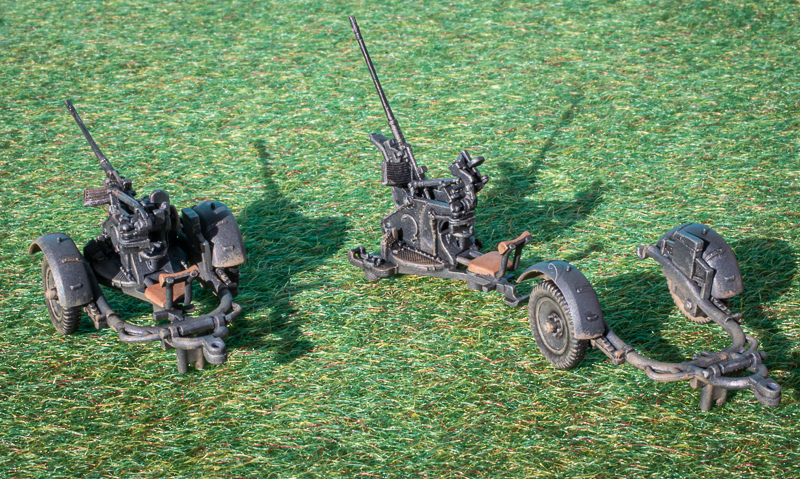
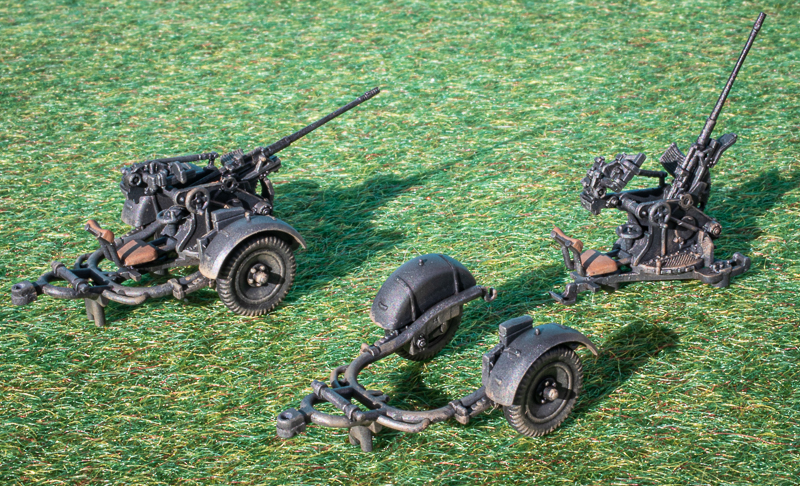
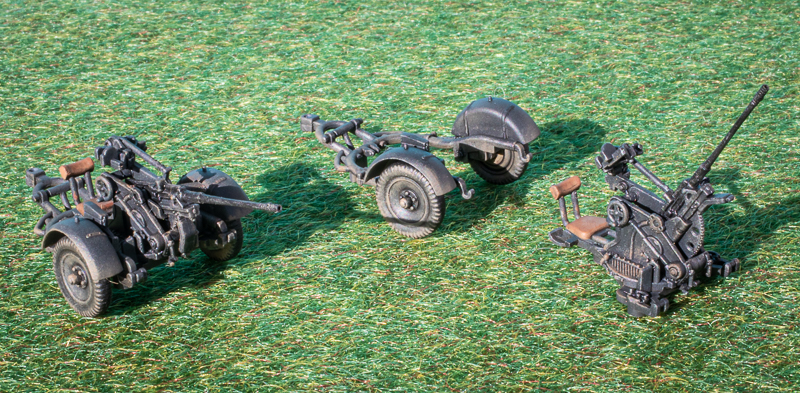





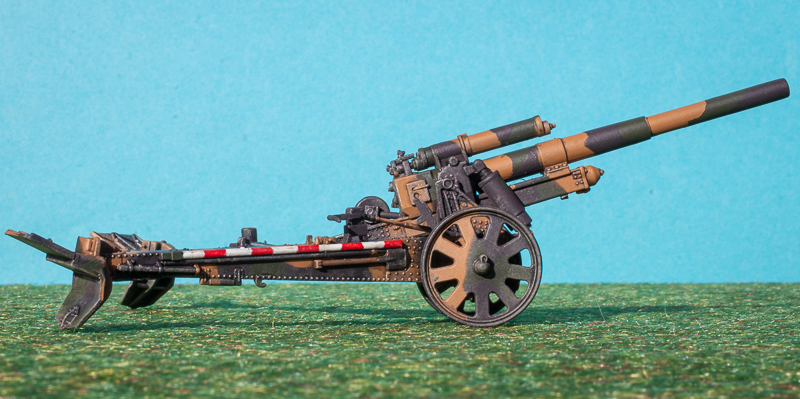







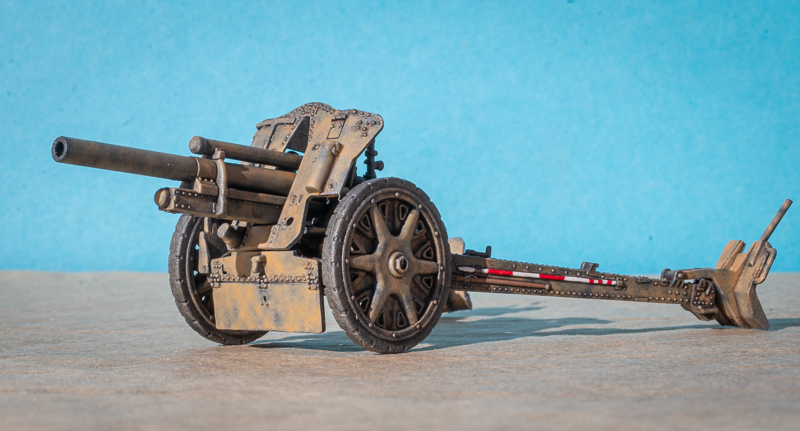
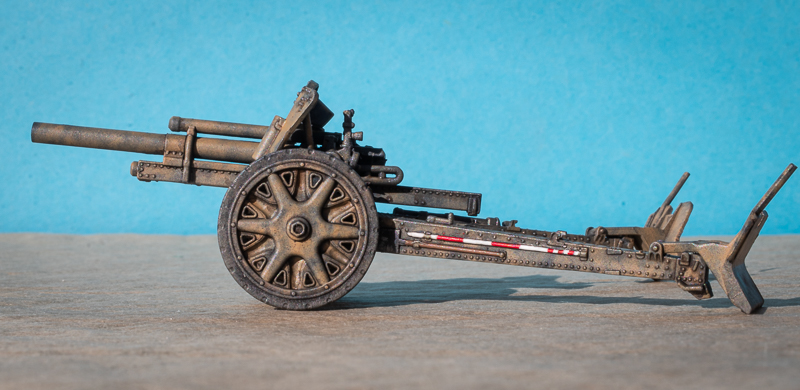

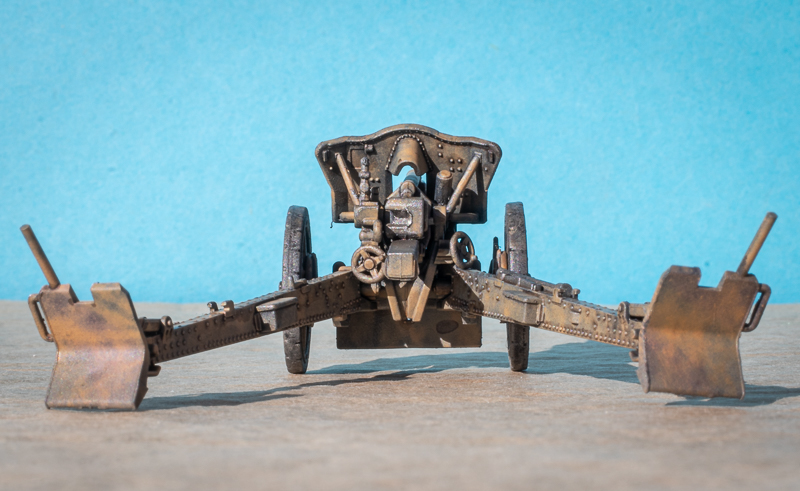







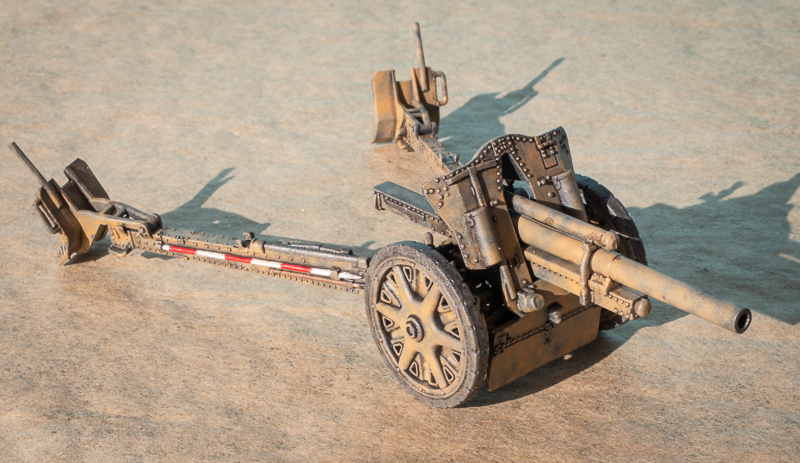
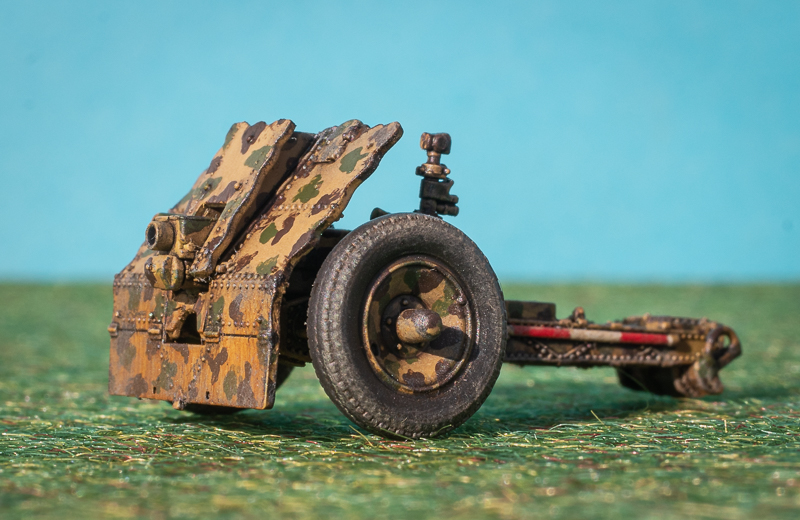
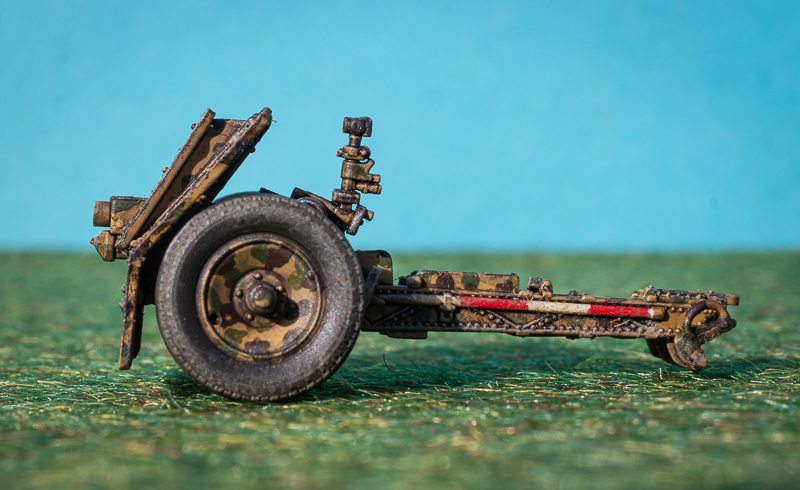






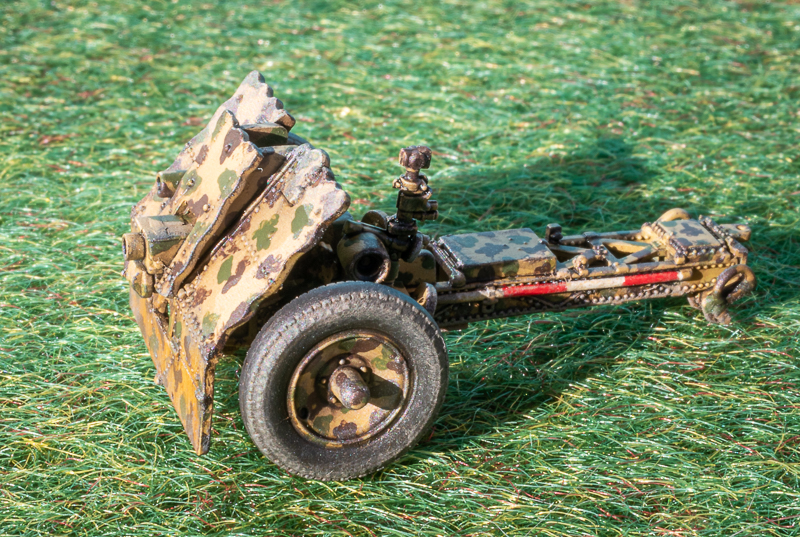


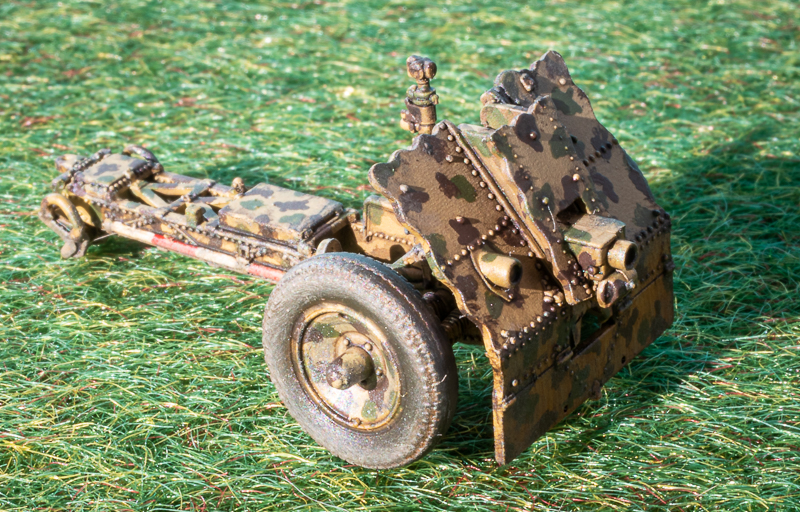






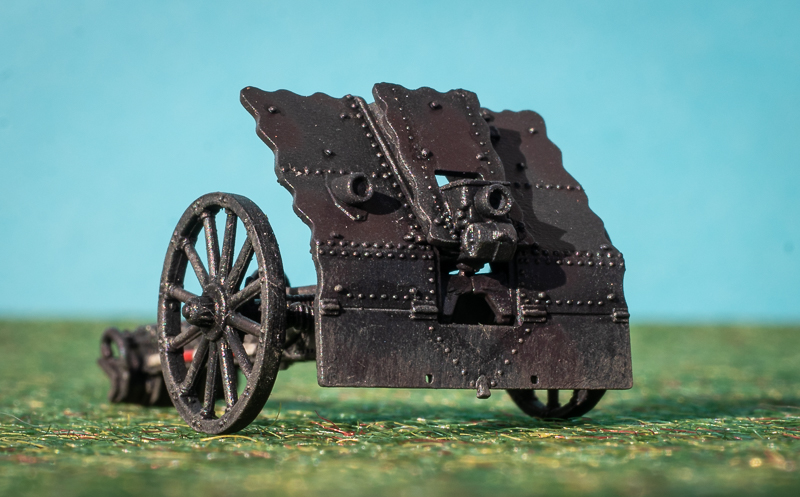




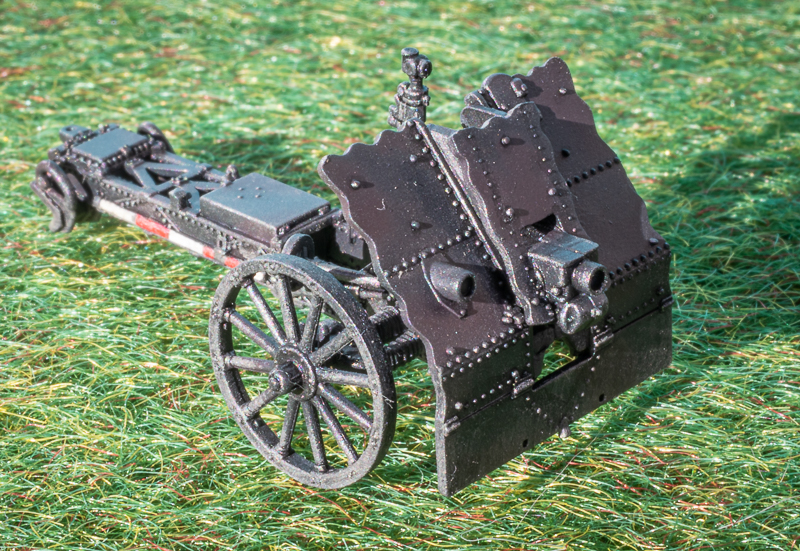
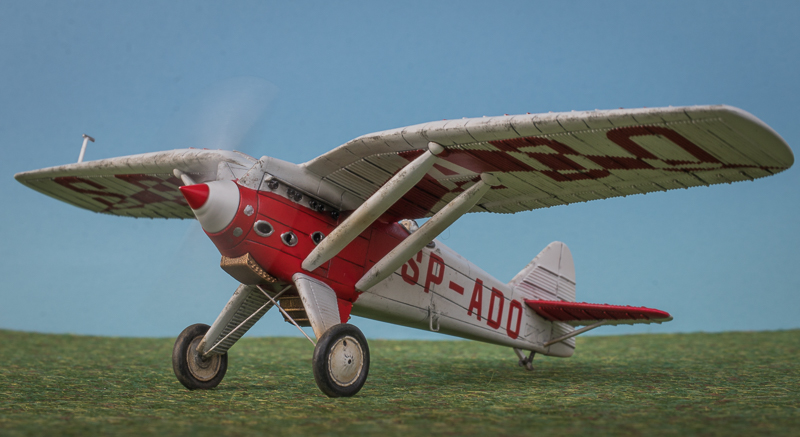




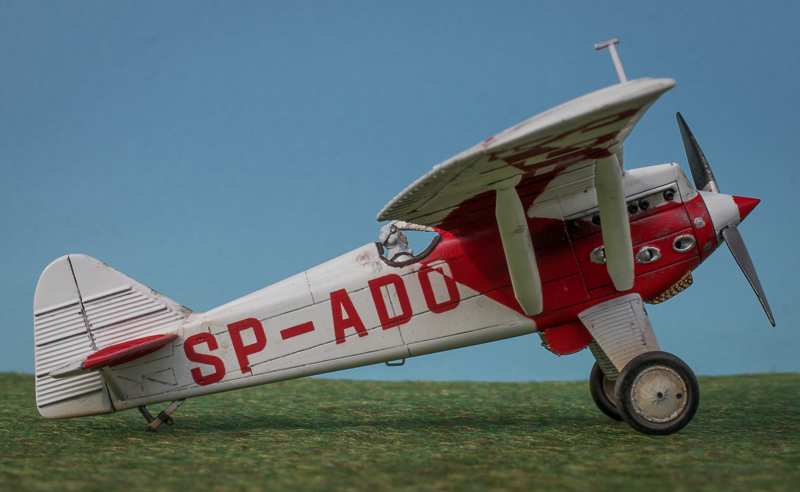




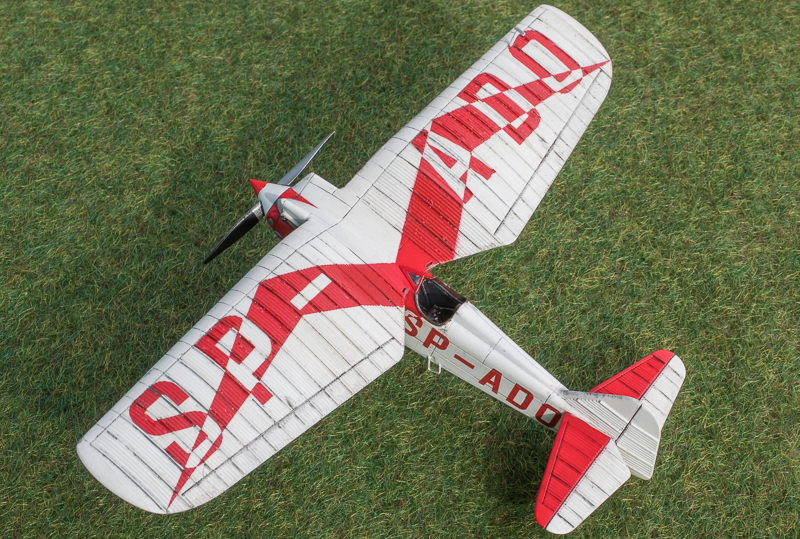











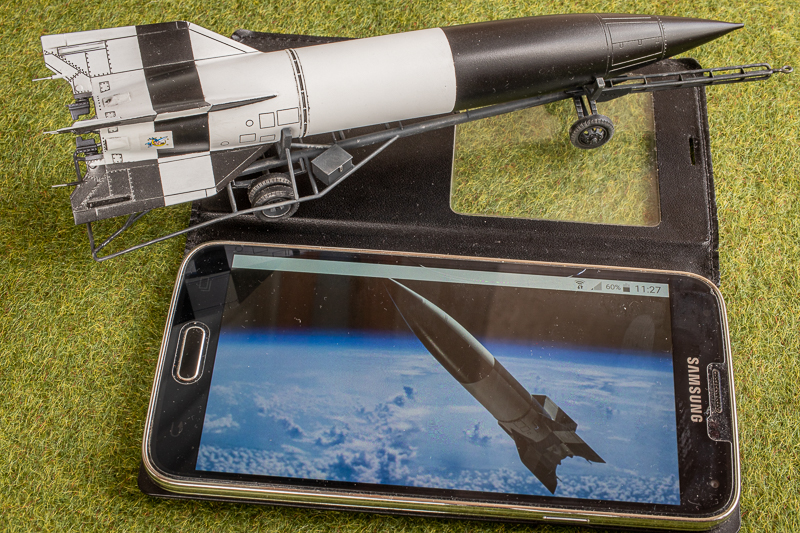






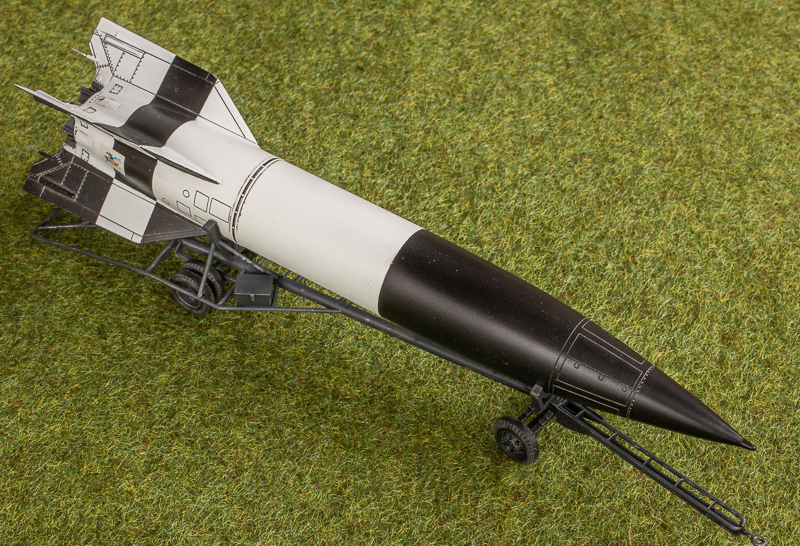



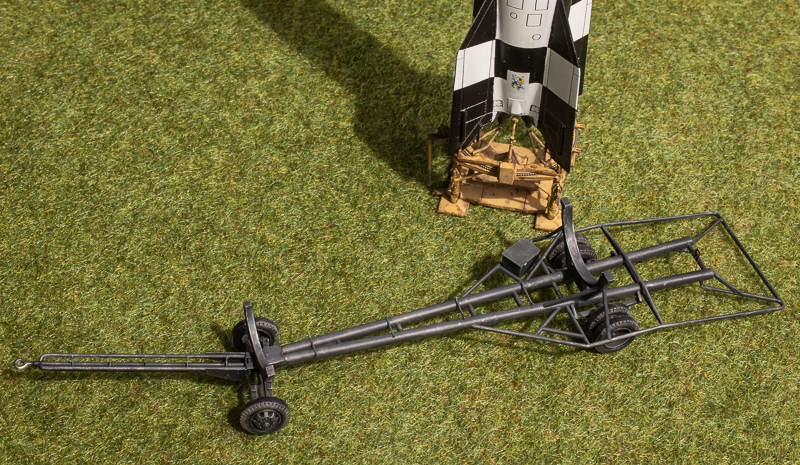
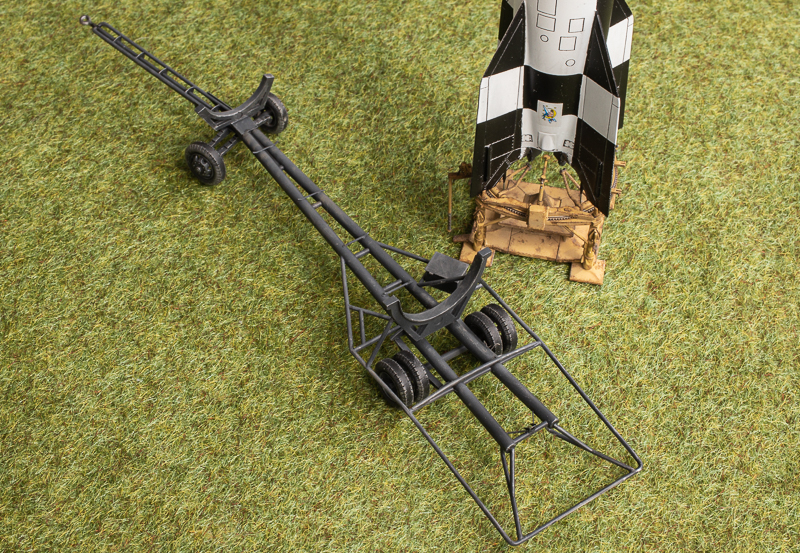
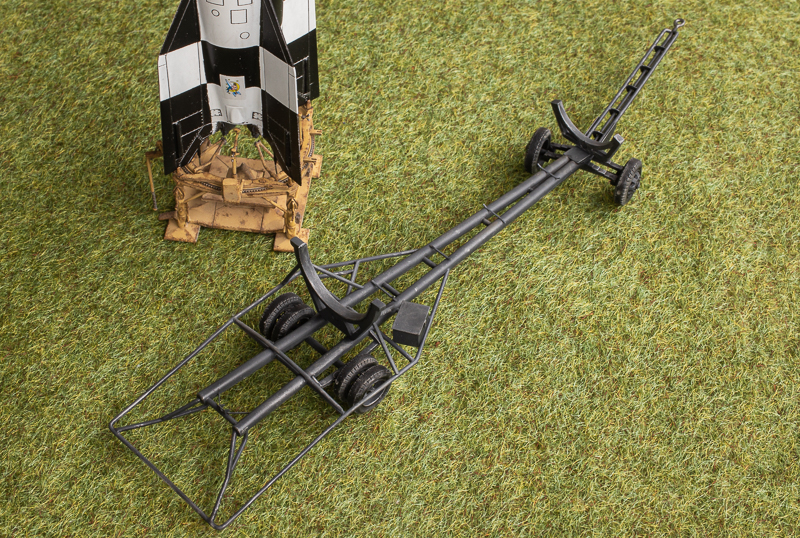


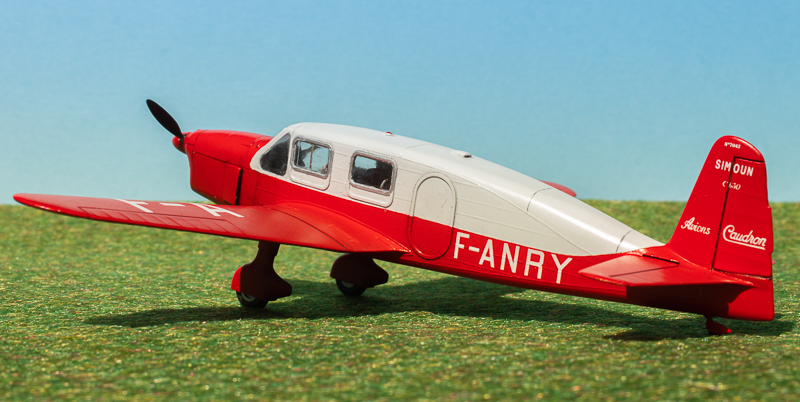
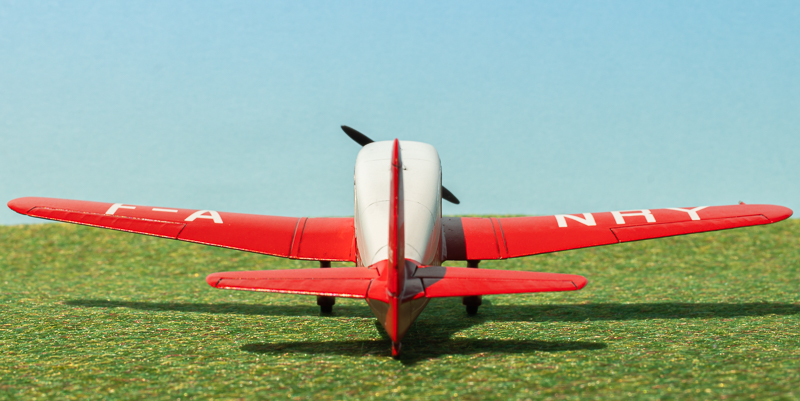



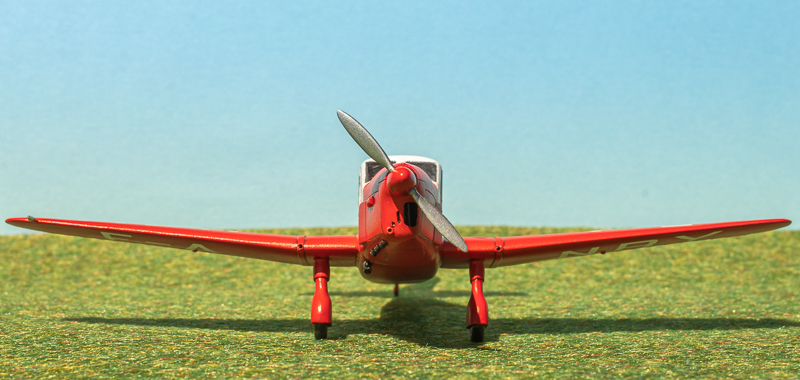



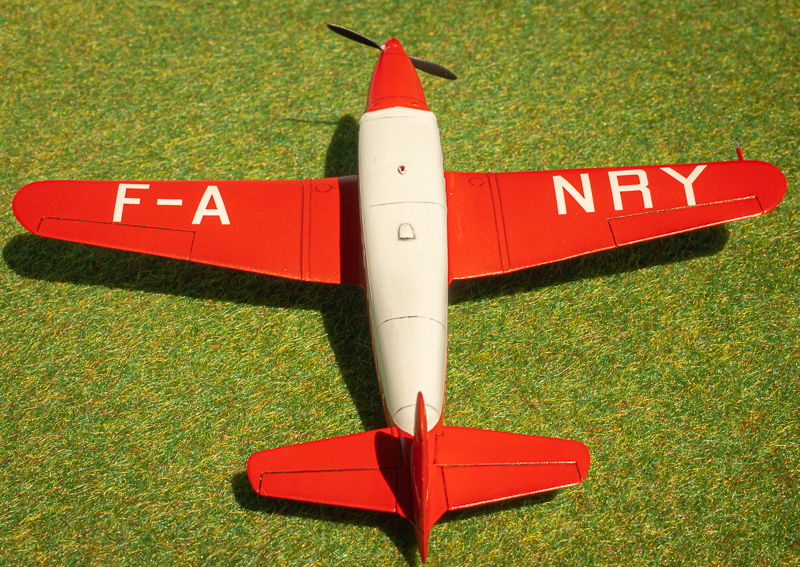

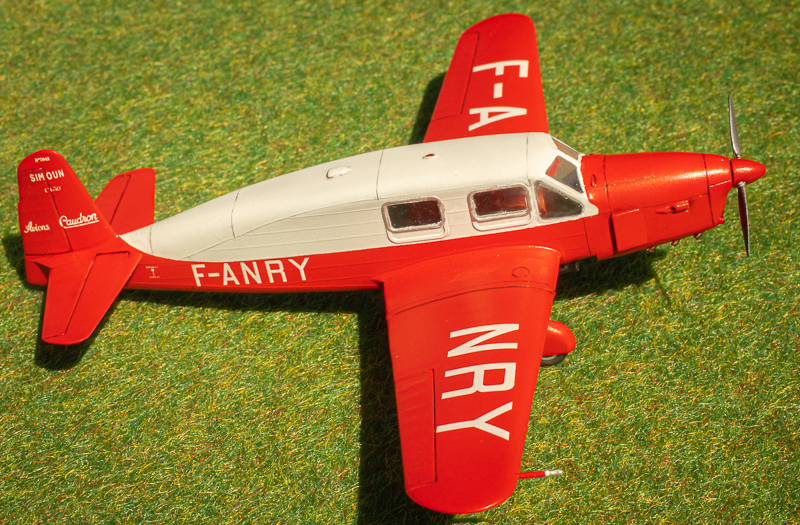








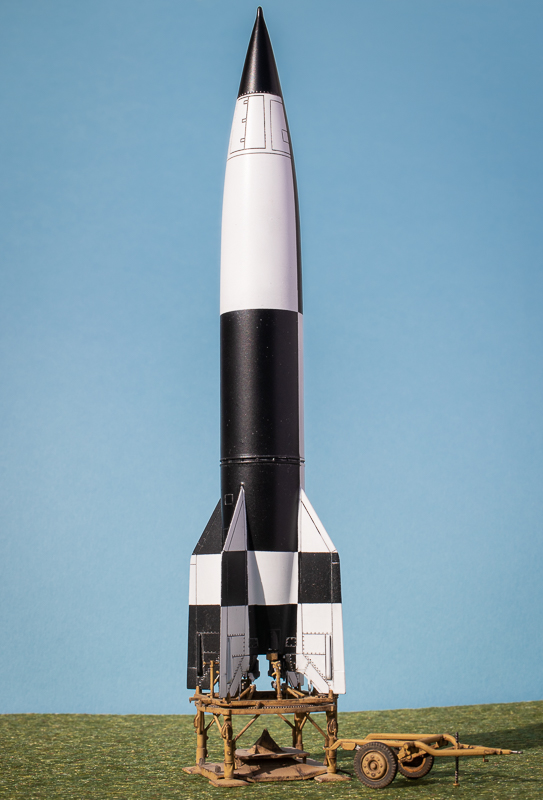













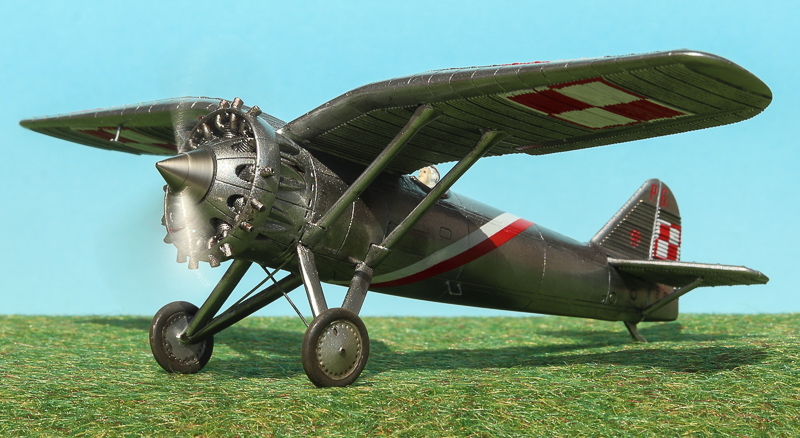
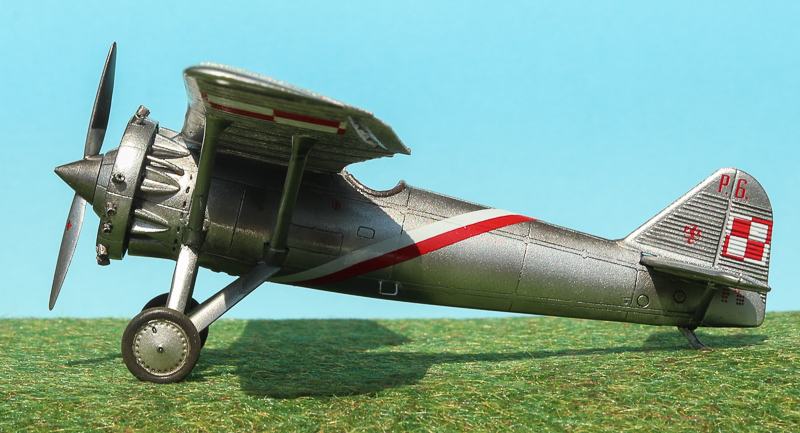
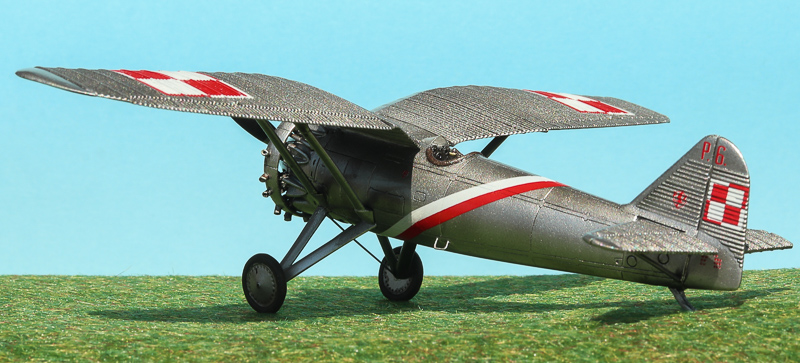




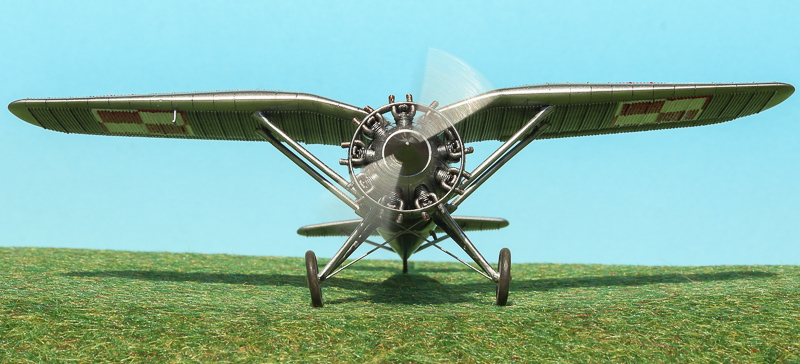






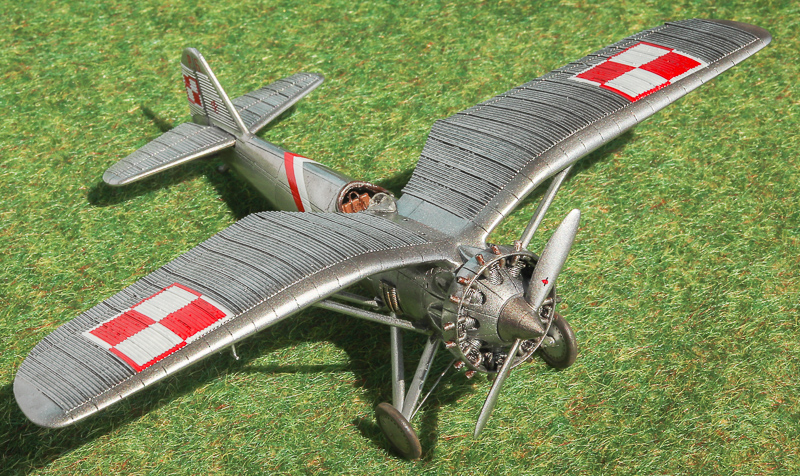
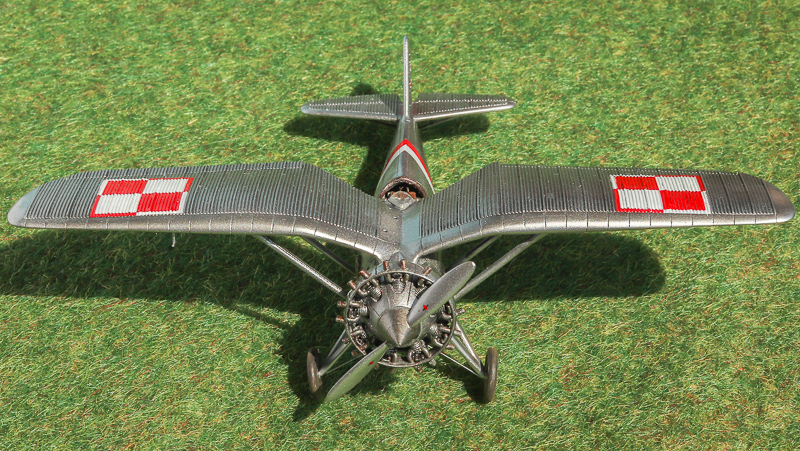


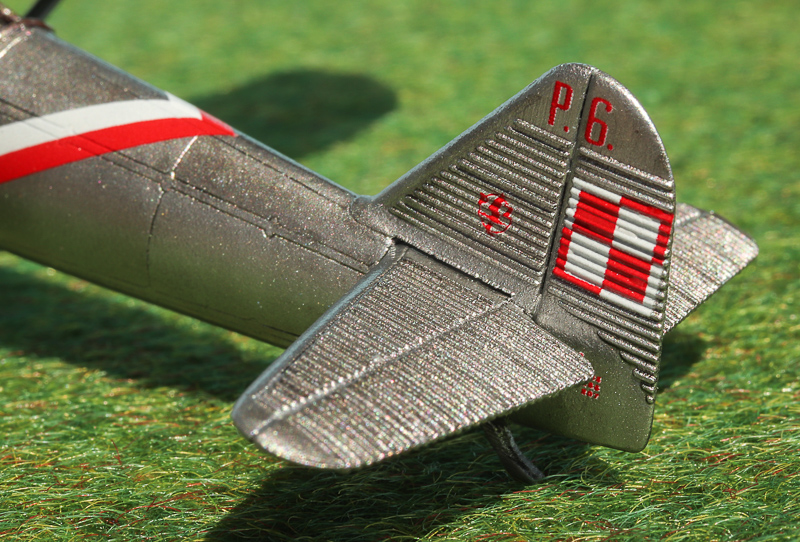



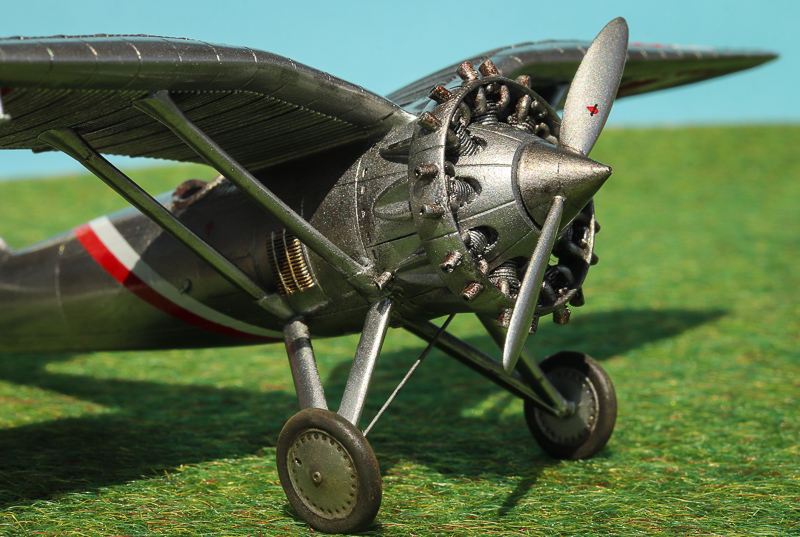
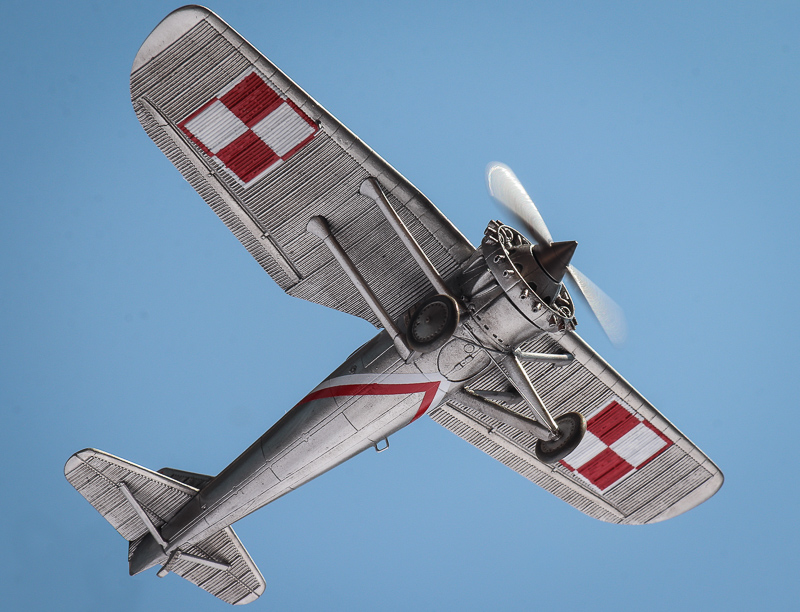
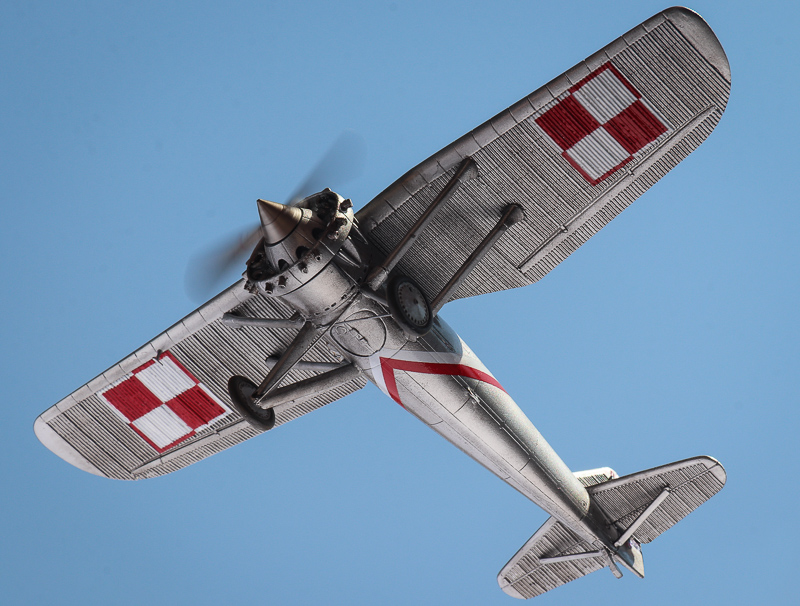




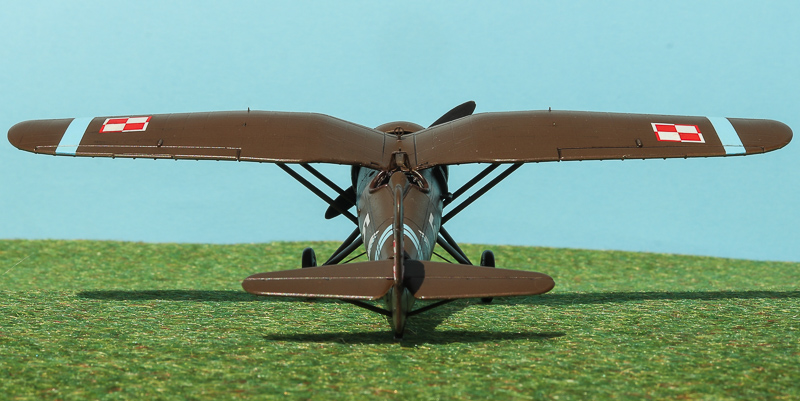

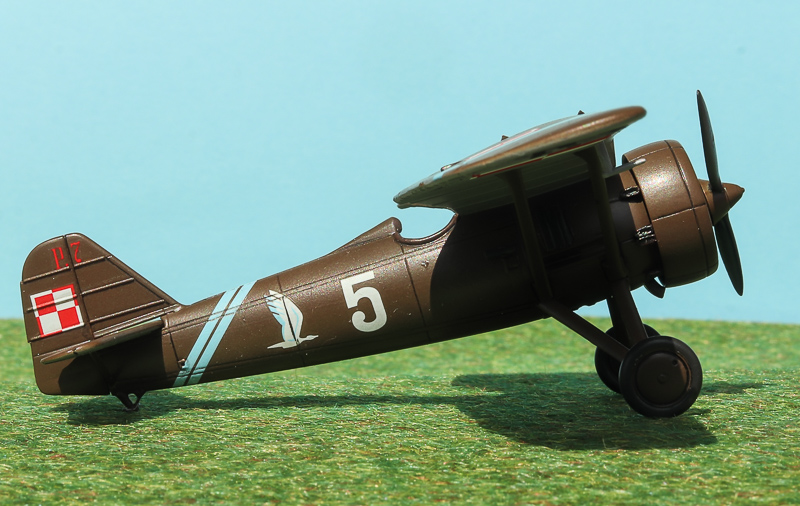









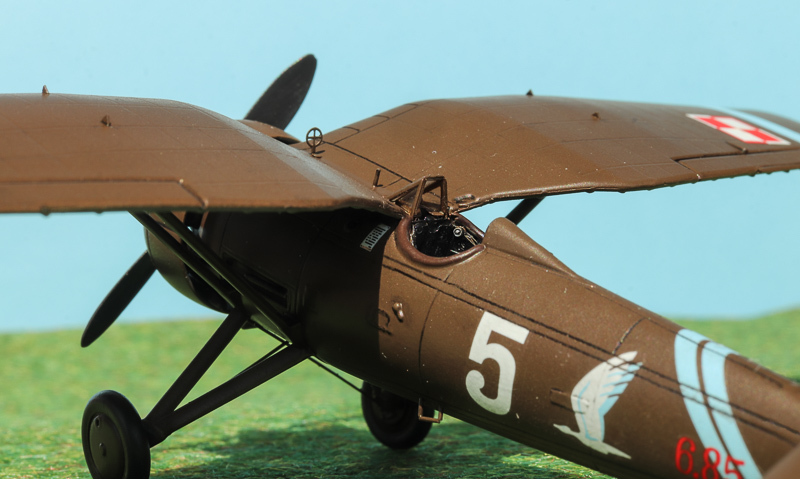
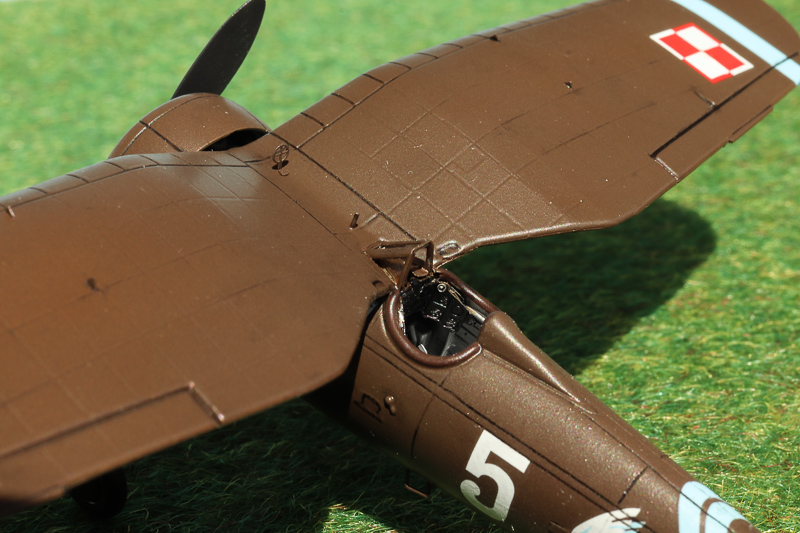


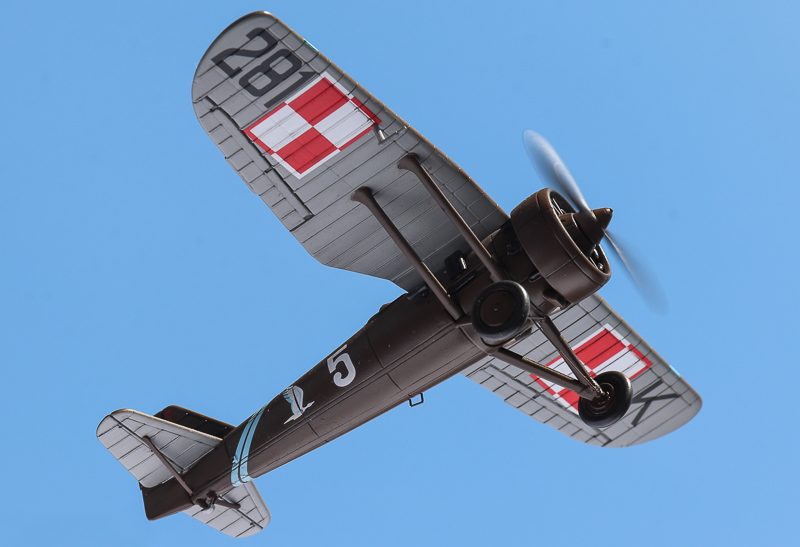


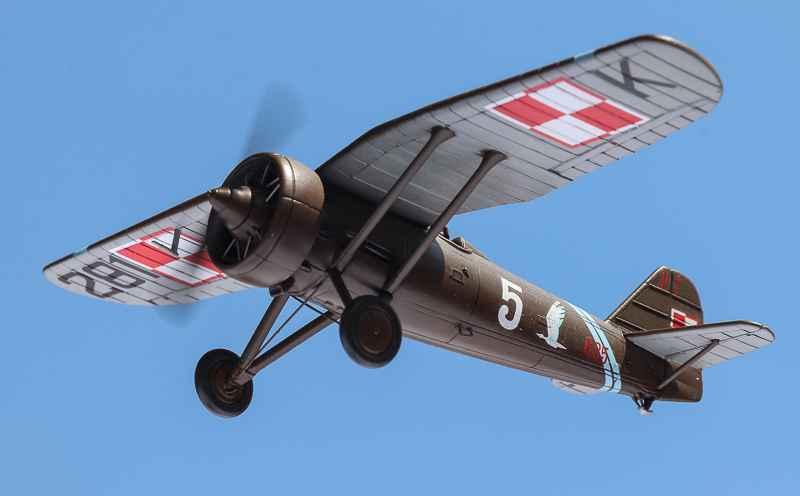
McDonnell Douglas F-15E Strike Eagle (Design/Academy 1/72)
in Ready for Inspection - Aircraft
Posted
Gunze Super Metallics - SM05 Titanium as a base and others for some shading.
Hataka HTK-CS10 USAF Paint Set. Most schemes for the F-15E demonstrator show FS34092, FS34102 and FS36081 and that's what I used for the first layer. But I noticed the Grey was too dark. I found out that early European One scheme had FS36118, so I repainted the grey.